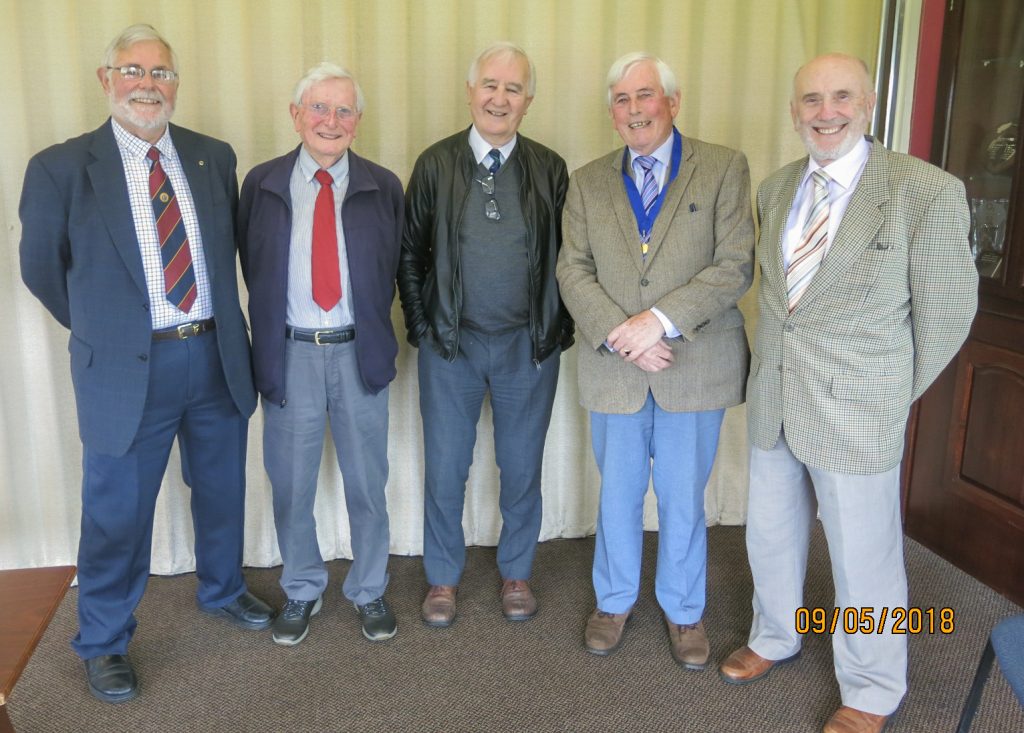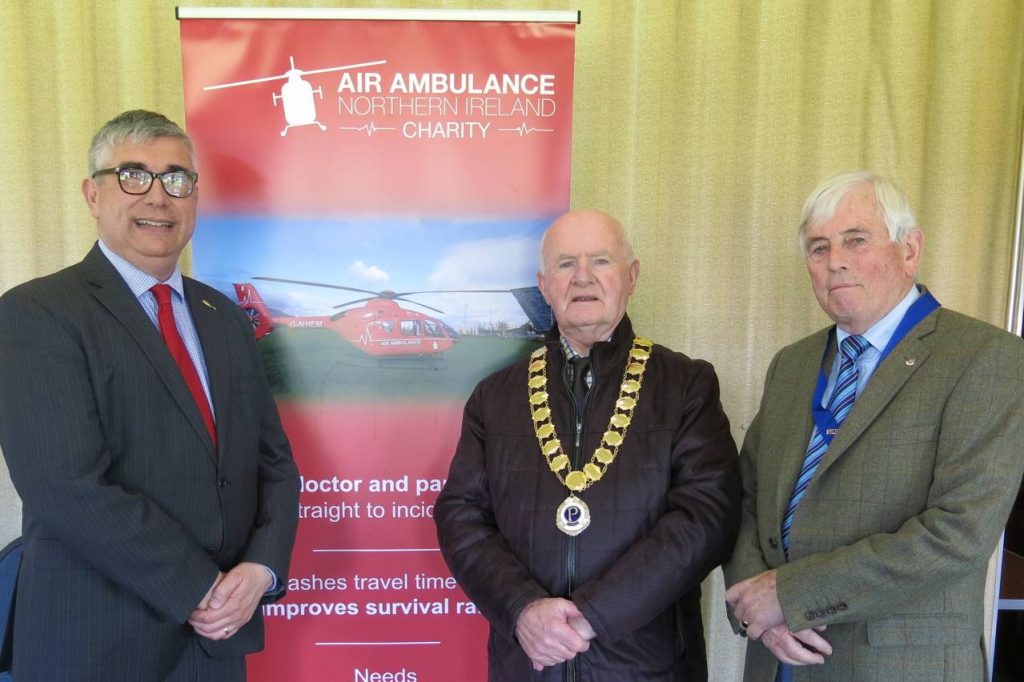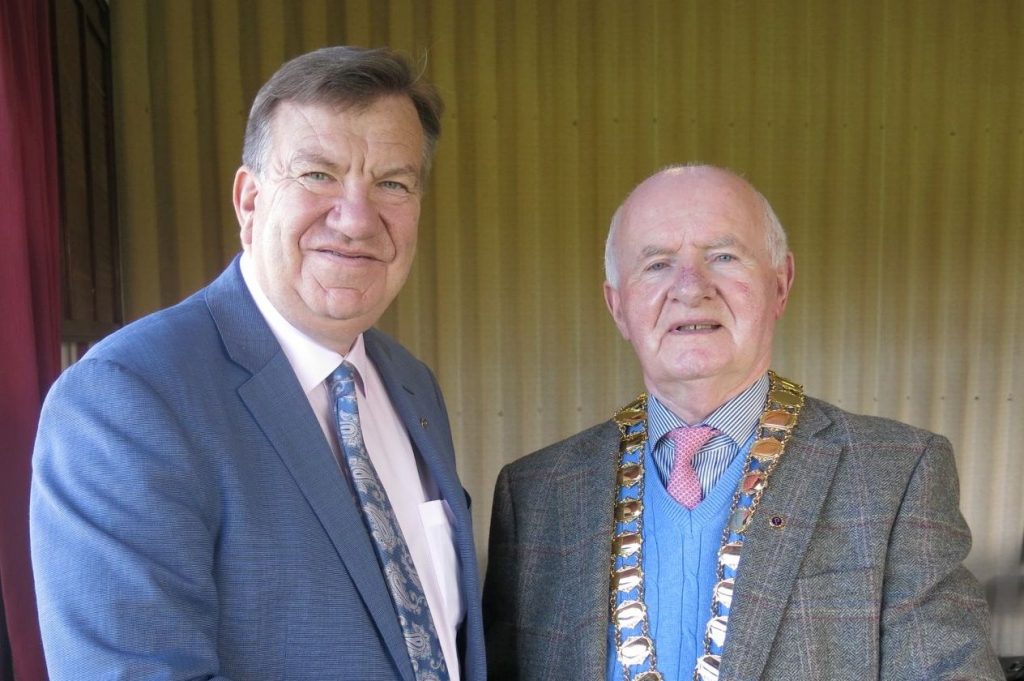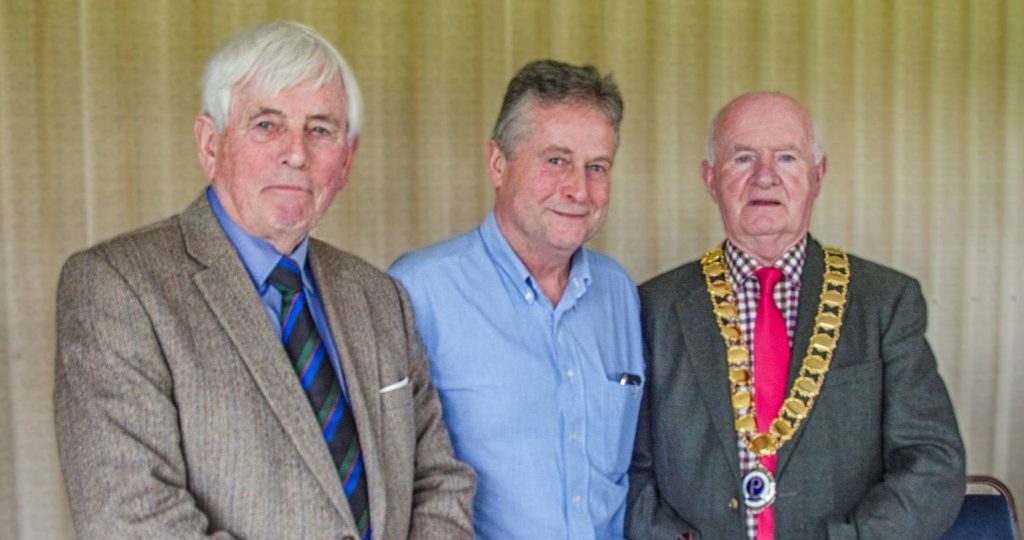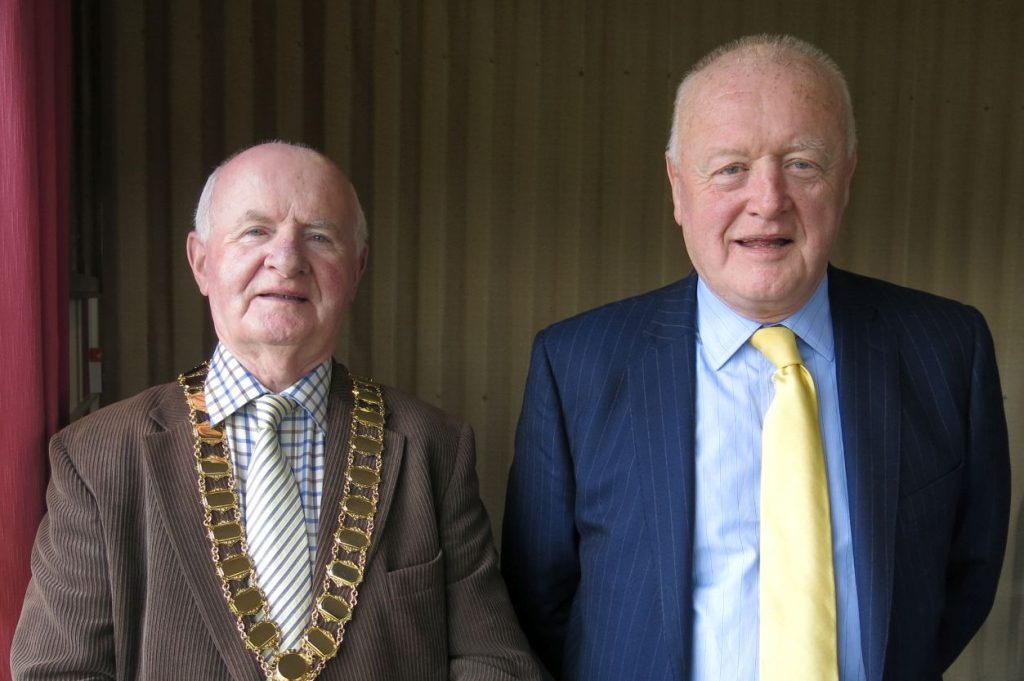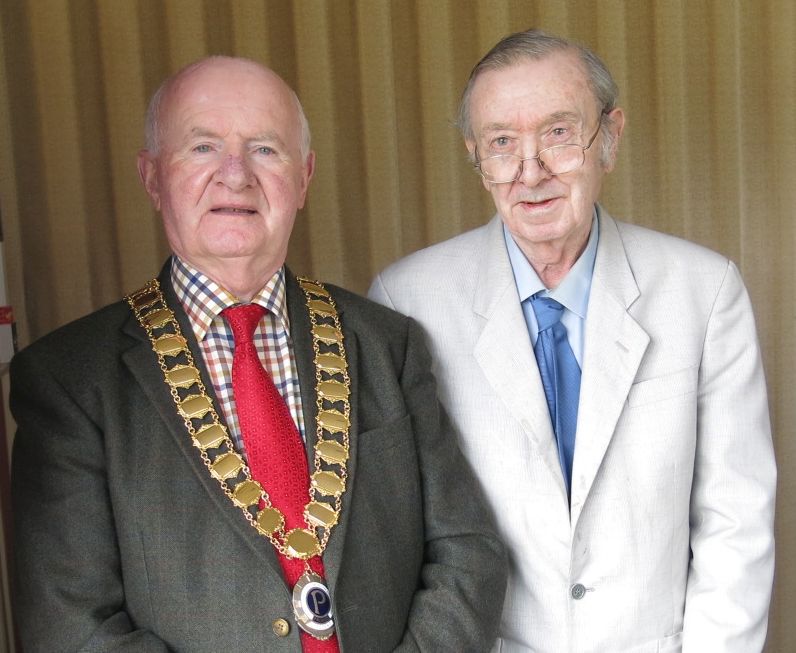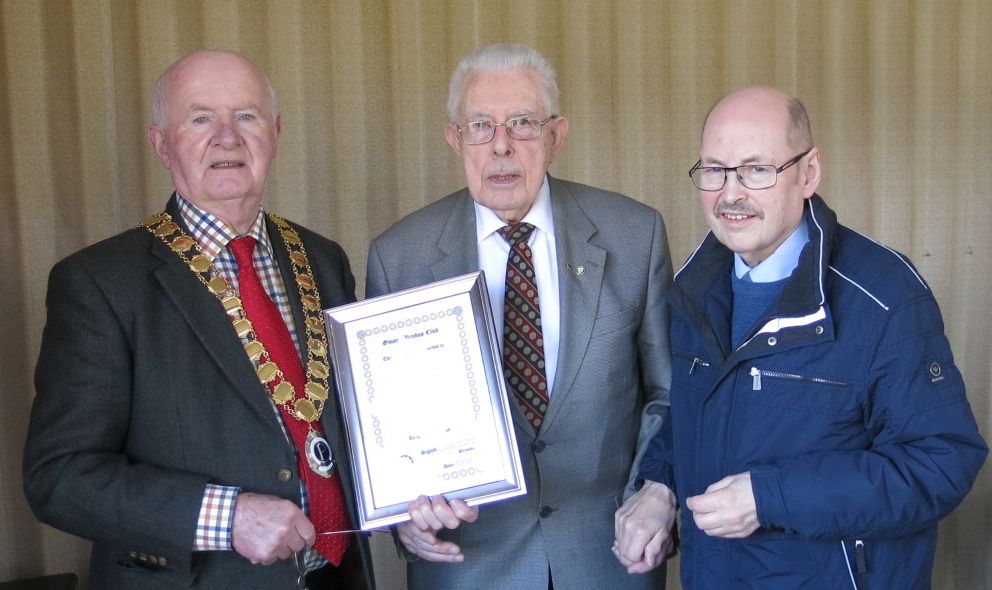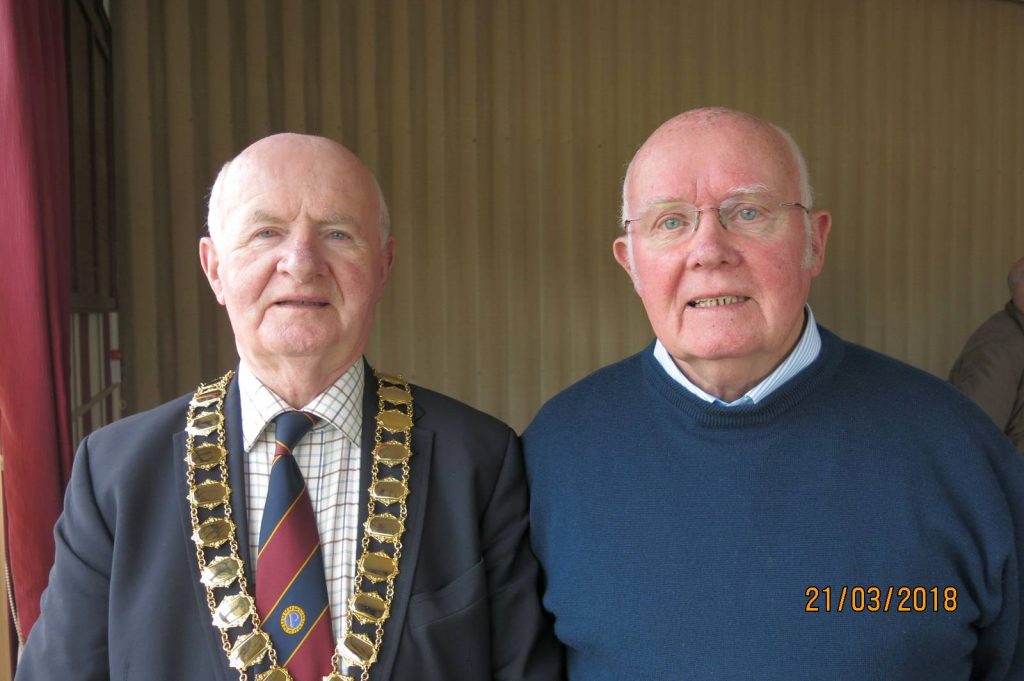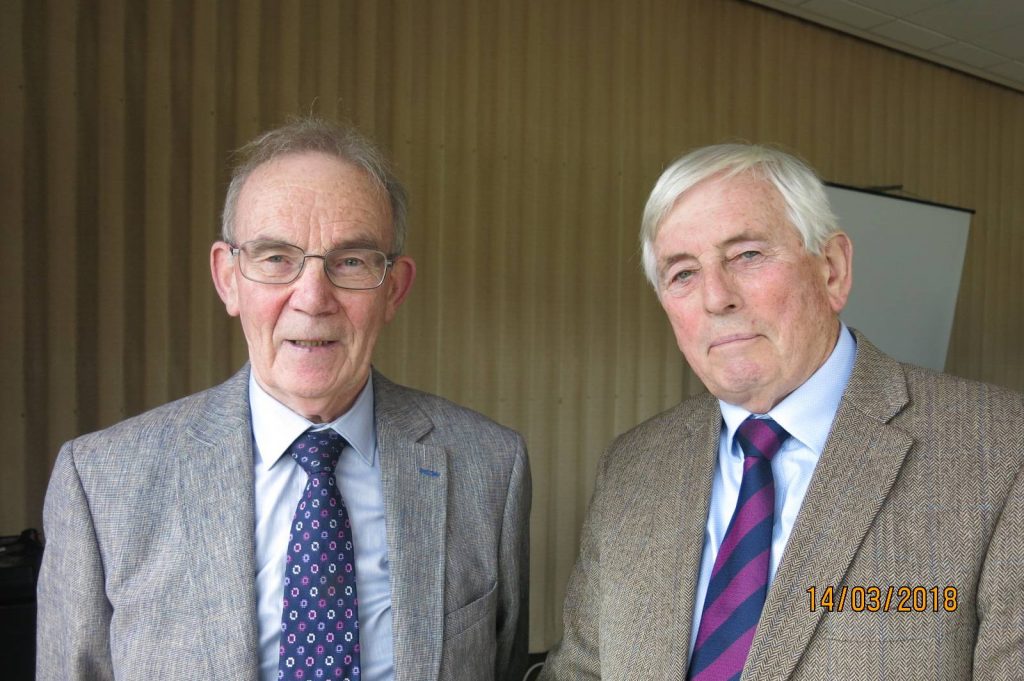All-Ireland Rally 15 – 16 May, hosted by the Probus 97 Tralee
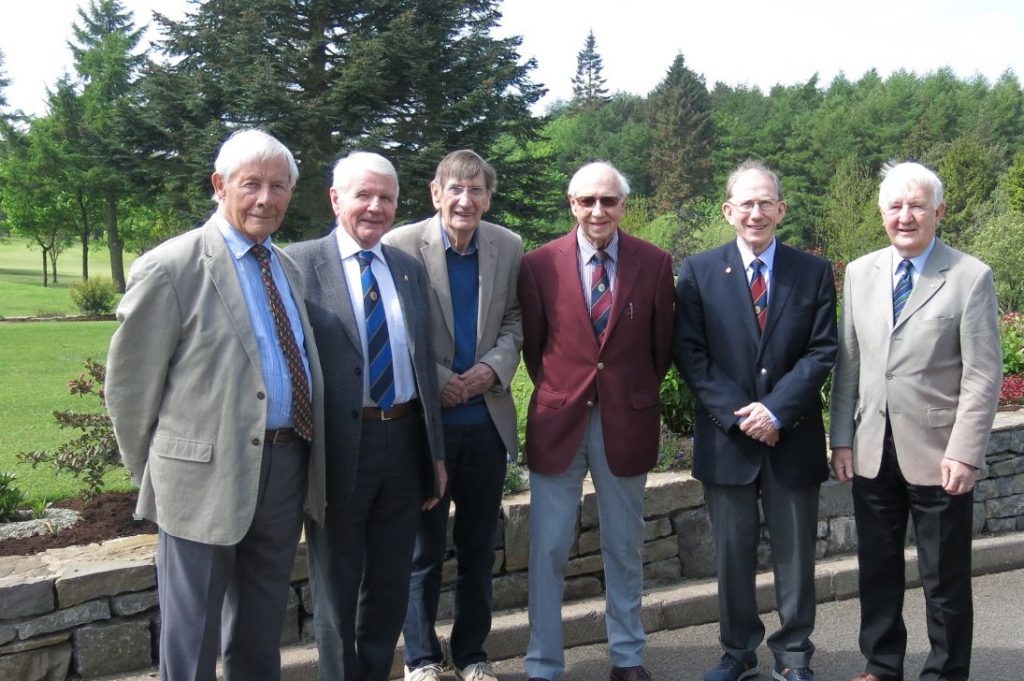
Omagh Probus was well represented at the All-Ireland Rally. In all 14 persons travelled south – the six members of the Club in the photo above accompanied by their respective wives along with Miss Audrey Hodge and Ms Hazel Richards from Omagh Ladies Probus Club. Following a wine reception on Tuesday evening the Rally got off to an uplifting start with a wonderful concert featuring the Opus 96 Chamber Choir supported by the Realtain Nua [New Stars] Traditional Music Group. On Wednesday Mr Liam Sawers, Chairman of the Rally Steering Committee introduced Ms Norma Foyley, Mayor of Tralee, who warmly welcomed delegates and guests, in an address seconded by Mr Gareth Arnold, District Governor of Rotary International, Ireland. The Chairman then called upon Jim McBain to give a brief report on the 2017 Rally in Omagh. He was followed to the podium by Dr. Darragh Naughton who gave a very interesting and informative talk on “Audiology Medical Services” in the Republic of Ireland.
Next onto the stage was a Kerryman with such strong local connections that a road in Tralee is named after his father. Mr Dick Spring, former Irish International Rugby Player and Tanaiste in the Dublin Government, was greeted as an old friend and spoke in a humorous and affectionate way about his connections with the area. The Edwin Dunlop Trophy for the Probus club which had travelled the greatest distance with the greatest number of delegates was awarded to Lurgan Probus. After an excellent lunch efficiently served to 320 delegates in the Conference Centre of the Brandon Hotel the programme continued with a talk by Mr Justin Moran from Age Action Ireland. The final speaker of the day was Ms Mary O’Rourke, a well known member of Dail eirann, who spoke engagingly of her life and times as parliamentarian and political activist. The Rally was officially brought to a close by the playing of the Rally Anthem, a lovely piece of music specially composed for the 2018 All-Ireland Rally in Tralee, Co Kerry. Members of the Omagh party were in no hurry to leave and on Thursday enjoyed a coach trip round the Ring of Kerry, before returning home on Friday.
